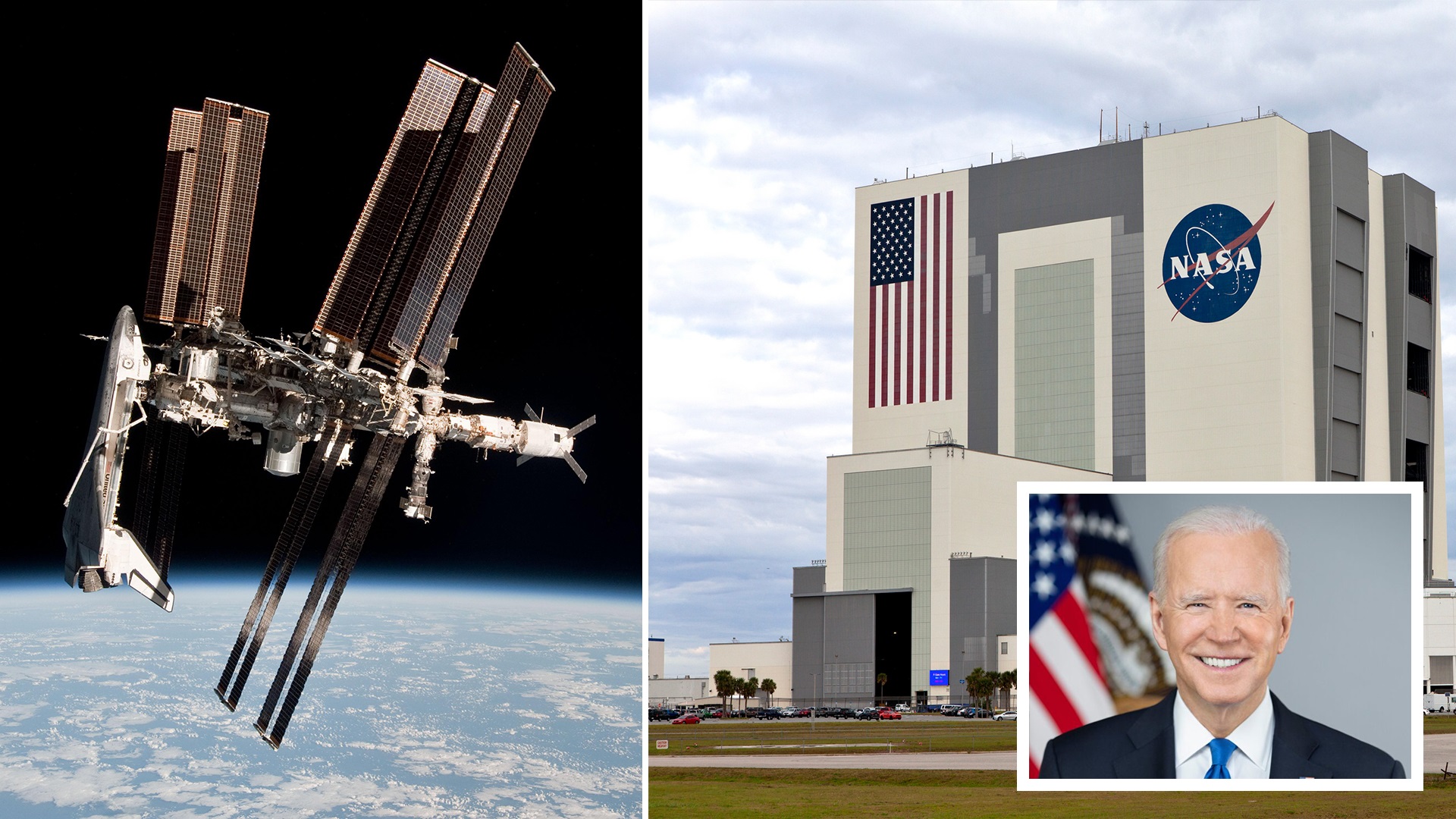While the news is not unexpected, nor does it address how to persuade all station partners, particularly Russia, to agree on its future, the Biden administration has announced that it supports continuing operations of the International Space Station until the end of this decade.
According to a NASA announcement posted on the ISS blog on December 31, the White House has agreed to prolong ISS operations beyond 2030. The Commercial Space Launch Competitiveness Act of 2015, which declared it U.S. policy to run the station until at least 2024, was the most recent revision to federal law.
According to NASA Administrator Bill Nelson, “I am glad that the Biden-Harris Administration has committed to maintaining station operations beyond 2030.” Continuing the US presence on the International Space Station would benefit innovation and competition, while also helping NASA’s Artemis mission bring the first woman and first person of color to the moon, paving the door for human exploration of Mars.
On New Year’s Eve, instead of a formal press release, the news was made through a blog post. However, the decision to prolong the life of the International Space Station was not. For NASA, the long-term goal of the ISS was to keep it operational until the end of the decade, allowing private stations to begin operations in the late 2020s and facilitating a seamless transition away from the ISS.
In recent years, there have been many attempts to extend the authorization of ISS activities in federal legislation from 2024 to 2028 or 2030. In 2018, Nelson spearheaded a campaign to pass a law on commercial space policy with that extension, which he led in his last days in the Senate. The legislative practice known as suspension of the rules prevented the measure from passing the House of Representatives in December 2018 despite full Senate approval.
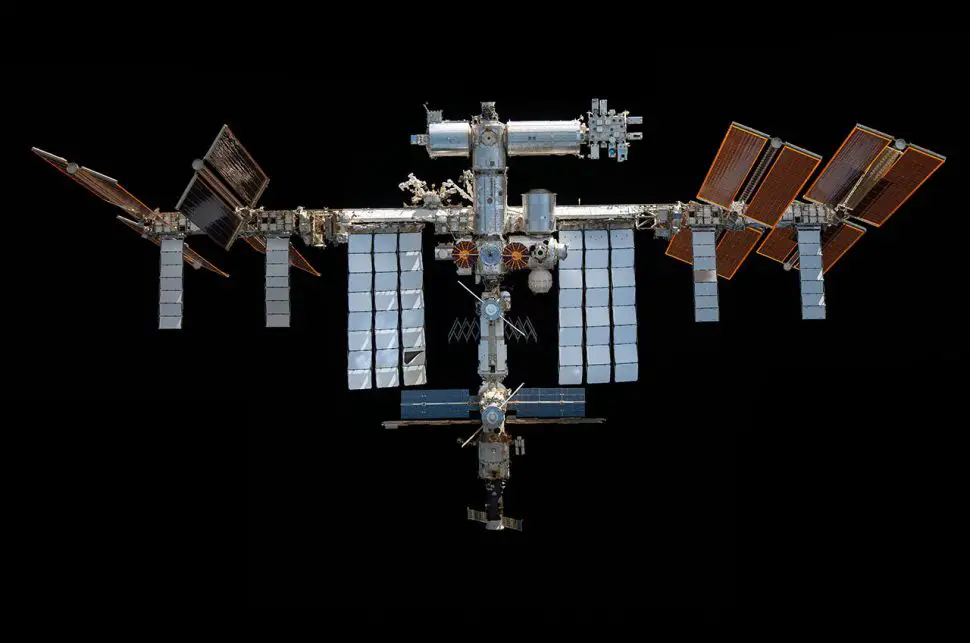
In order to keep the ISS operational beyond the end of this decade, the White House’s decision alone is not enough. For the remainder of this decade, NASA said it will work with the station’s partners—Canada, Europe, Japan, and Russia—to ensure the continuation of innovative research.
There is already one partner who has shown a readiness to go on with the ISS. Soon after NASA released its statement, the director-general of the European Space Agency, Josef Aschbacher, tweeted, “I appreciate this declaration and will submit a request to the Member States for @esa to continue until 2030, as well.”
Russia’s participation in the ISS collaboration will be a tougher problem, though. In light of the ongoing issues with the Russian part of the station and the country’s aim to build its own space station, Russian authorities have raised concerns about the International Space Station’s technical capabilities to continue operations until the end of the decade.
As of now, the deal is that we will continue running it until 2024. Roscosmos’ chief, Dmitry Rogozin, stated in a news conference at the International Astronautical Congress in Dubai on Oct. 25 that the spacecraft would continue to fly until 2024, although it will be more difficult each year. He described the problem as being exacerbated by an increase in the frequency and severity of technological breakdowns and malfunctions.
Russia’s future involvement in the ISS will also be influenced by geopolitics, given current worries that Russia intends to attack Ukraine. A call between President Joe Biden and Russian President Vladimir Putin on December 7 indicated that “things we did not do in 2014 we are prepared to do now,” despite the fact that the station’s operations had not been affected by sanctions imposed after Russia’s annexation of Crimea and incursion into eastern Ukraine in 2014.
Putin and Biden spoke once again on December 30. It was reported by the Kremlin that Putin informed Vice President Biden that any further sanctions against Russia would be a “grave blunder” and risk “a catastrophic collapse in Russia-US ties” if they were to be implemented.
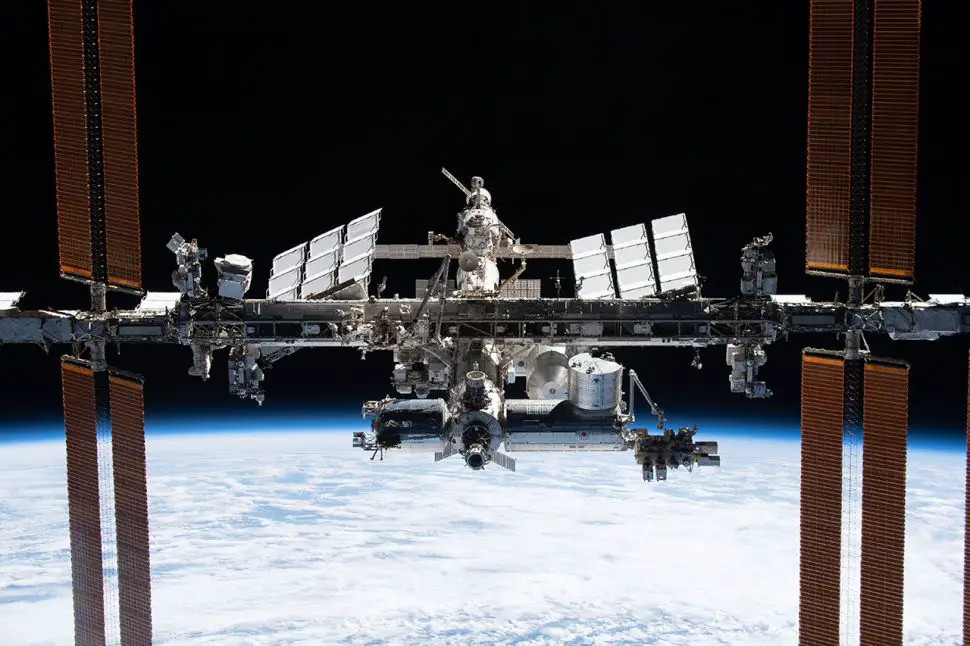
What’s next after the ISS?
In terms of human spaceflight in low Earth orbit, the next decade will be a period of transformation. It was only last week that the findings and recommendations of a study by NASA’s Office of Inspector General on the current status of the International Space Station were made public.
In our new report on the #ISS, we discuss the costs of operating the aging Station and examine risks associated with cracks and leaks in the Service Module Transfer Tunnel. Learn more here: https://t.co/UiygXuIOLE
— NASA OIG (@NASAOIG) December 2, 2021
NASA’s involvement in the ISS must terminate by 2030, according to the report. Currently, the station can operate until 2024, although an extension until 2030 is plausible.
The Zarya module was launched from Baikonur Cosmodrome on November 20, 1998, and Expedition 1 arrived on November 2, 2000. Since then, the station has maintained a continuous human presence in orbit.
The construction of the International Space Station was completed in 2011 with the last voyage of the US Space Shuttle Program. Since then, the station has functioned as a major research platform for a wide range of scientific disciplines, including human physiology in zero gravity, Earth observation, high-energy astrophysics, and many more.
Despite this, the research concludes that the station is beginning to exhibit signs of wear and tear. Although the Canadarm 2 continues to operate correctly, many fractures and leaks were observed in the Service Module Transfer Tunnel, which links to one of the sections where the crew lives and works, indicating damage from debris or a micrometeoroid.
It is important for future Artemis Moon missions and, eventually, Mars outposts, to continue studying the long-term implications of living in space. For such a study, additional outposts must progress before the ISS’s demise.
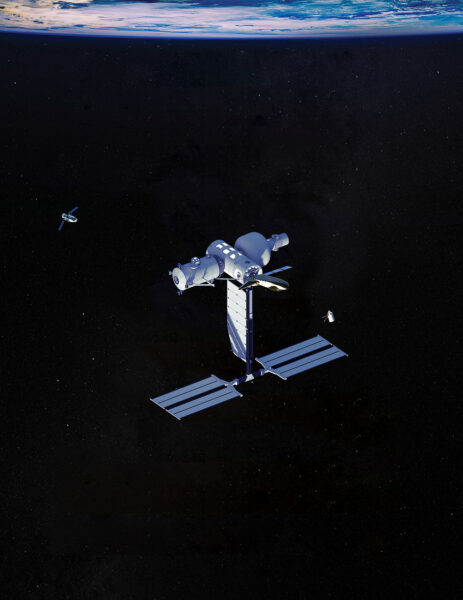
Towards this purpose, NASA has picked three firms last week to draught ideas for potential commercial low-Earth-orbit stations. Out of 11 original contenders, Blue Origin, Nanoracks LLC, and Northrop Grumman were selected to create the designs of Orbital Reef, Starlab, and a new modular station. In addition, the Lunar Gateway Station’s 2020 Habitation and Logistics Outpost will be designed by Northrop Grumman.
A single flight of Starlab is planned for launch in 2027, according to Jeffery Manber (Nanoracks LLC). New activities will transfer to new commercial platforms when the International Space Station (ISS) “sunsets” for a period of time.
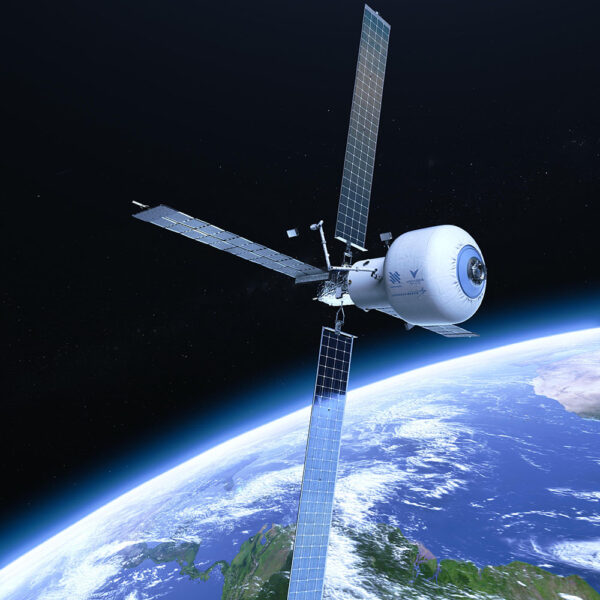
Axiom Space is a possible competitor for commercial human spaceflight with Axiom Technologies. It wants to begin transporting commercial people to the ISS in February 2022 using SpaceX’s Crew Dragon, with a goal of bringing new modules to the ISS in September 2024. Upon arrival of the four Axiom modules in the next three years, the business will be able to create a tiny space station independent of the ISS.
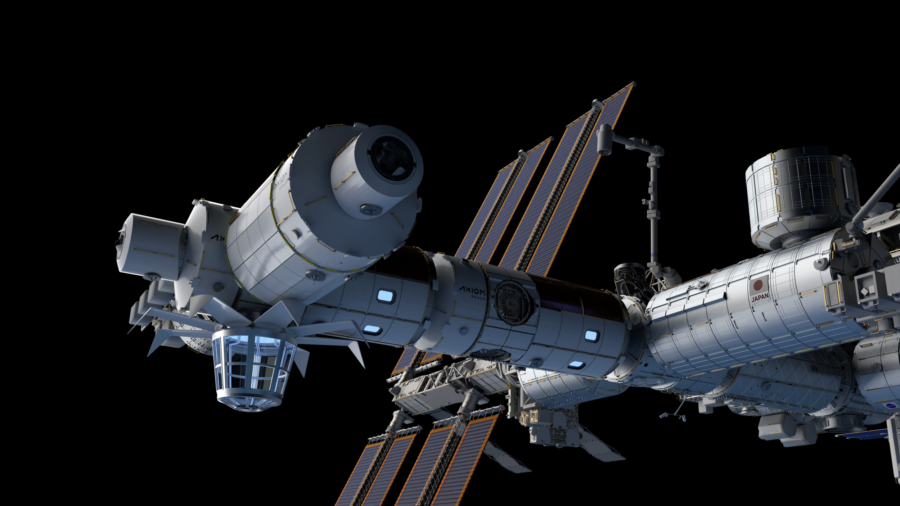
According to NASA Administrator Bill Nelson, “We are once again leading the way to commercialize space operations by partnering with private business to transfer cargo and now our NASA astronauts to the International Space Station.” For NASA, cooperating with U.S. firms to construct space destinations where people may visit, live, and work in low-Earth orbit is a way to continue creating a route in space.
For the ISS, this all comes at a fascinating moment. Due to the latest Russian anti-satellite missile test, the crew postponed a planned spacewalk last week. Chinese work on the Tiangong space station, which just began a year ago, continues unabated.
According to NASA’s analysis, the last days of the station might be rather exciting. Around $1 billion will be spent by international partners to deorbit the station. While NASA’s yearly budget for human travel is $3 billion, the station’s operating expenditures are a third of that amount.
It will take many years to deorbit in a controlled manner. Between 2026 and 2028, depending on the Sun’s activity, the space station will begin to lower its orbit. This will impact the thickness of the Earth’s atmosphere and the station’s drag. A catastrophic reentry and spread throughout the distant South Pacific is the end target by 2030. Additionally, in the case of an emergency, that schedule might be accelerated up to six months.
It will be difficult to say goodbye to the station… It has been a common sight in the night sky for years, a wonderful reminder of humanity’s outpost in space, softly drifting past. Hopefully, people will continue to be present in space for decades to come.

